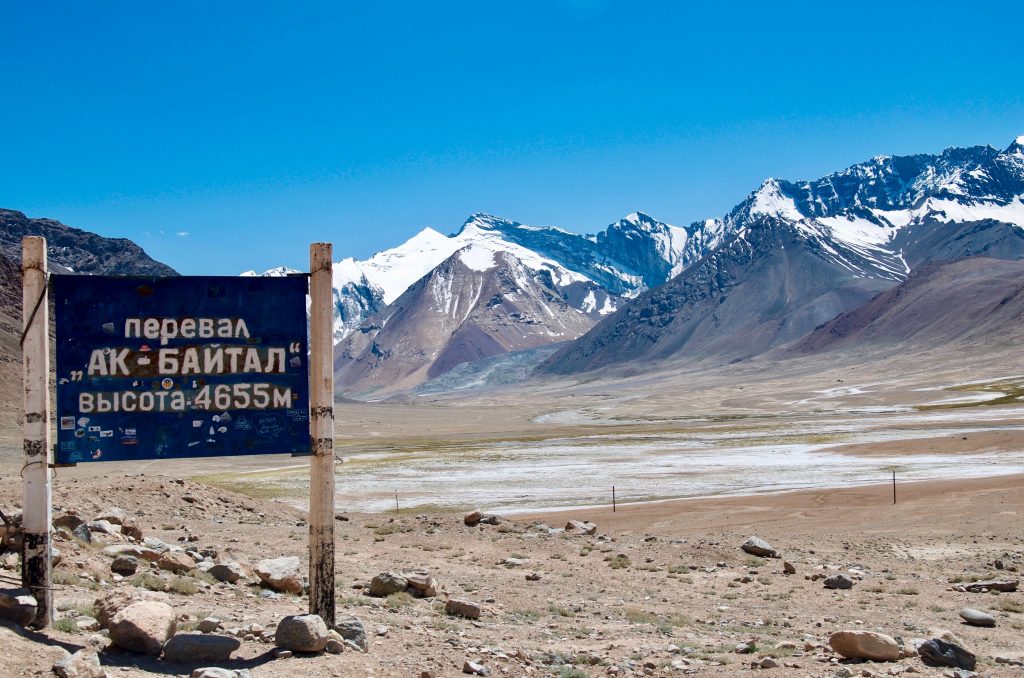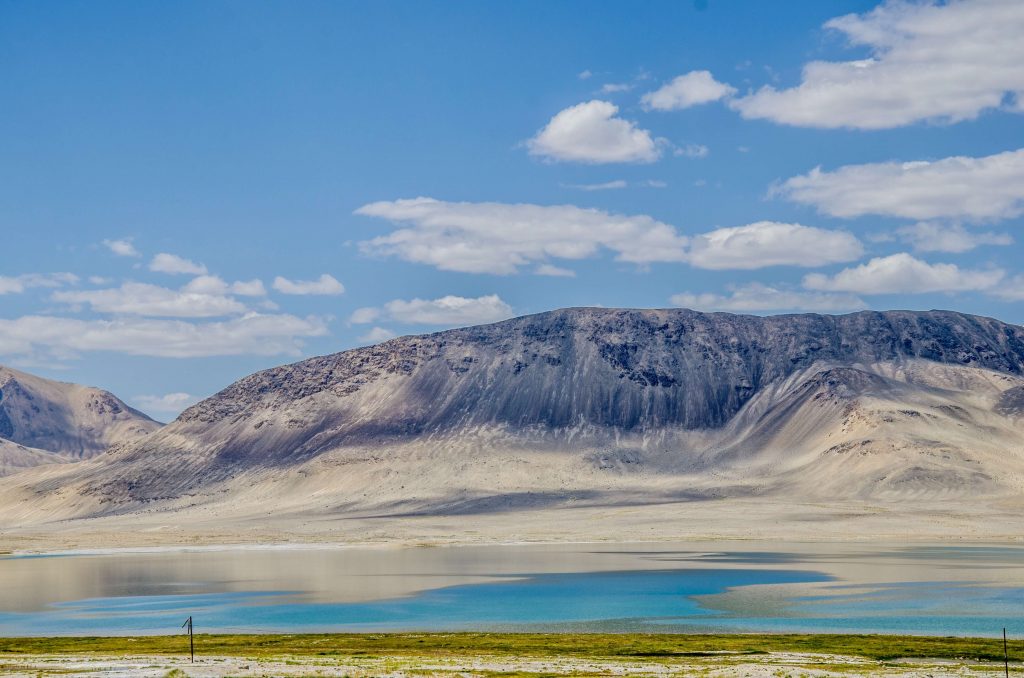
Tajikistan’s eco-tourism boom: discovering the Fann Mountains
Tajikistan, a small yet captivating country in Central Asia, is gaining recognition as an eco-tourism destination. Boasting a diverse landscape and rich cultural heritage, Tajikistan is particularly well-known for its breathtaking Fann Mountains. This mountain range, located in the western part of the country, is becoming an increasingly popular destination for adventure seekers and nature lovers alike.
The eco-tourism boom
In recent years, eco-tourism has emerged as a rapidly growing segment of the global travel industry. This form of tourism focuses on responsible travel, emphasizing the protection of natural environments and fostering environmental awareness among visitors. As a result, more travelers are seeking destinations that offer unique and sustainable experiences.
Tajikistan’s government has recognized this shift in tourist preferences and has taken steps to promote the country as an eco-tourism destination. The establishment of several protected areas, including national parks and wildlife sanctuaries, has contributed to the preservation of Tajikistan’s natural beauty. Additionally, efforts have been made to develop community-based tourism initiatives, which empower local communities to participate in and benefit from the burgeoning eco-tourism industry.
The Fann Mountains: a natural treasure

The Fann Mountains, situated in the northwestern part of Tajikistan, are undoubtedly the country’s most prized natural attraction. With more than a hundred peaks reaching heights of over 5,000 meters (16,400 feet), the Fann Mountains present a spectacular sight for visitors. The range is characterized by its rugged terrain, pristine alpine lakes, and lush meadows, providing a diverse landscape that caters to various outdoor activities.
Alpine Lakes

The Fann Mountains are home to several stunning alpine lakes, which are considered among the most beautiful in Central Asia. The most famous of these lakes is Iskanderkul, named after Alexander the Great, who is said to have passed through the region during his conquests. The turquoise waters of Iskanderkul, surrounded by snow-capped peaks, offer a breathtaking sight that leaves visitors in awe. Other remarkable lakes in the region include Kulikalon, Alauddin, and the Seven Lakes, each with its own unique charm and allure.
Trekking and hiking

The Fann Mountains provide excellent opportunities for trekking and hiking, with a range of trails that cater to varying levels of difficulty. From leisurely day hikes to challenging multi-day treks, visitors can choose from a diverse selection of routes. Some of the most popular treks include the Haft Kul Trek, which takes travelers through the Seven Lakes, and the Kulikalon-Archa Maidan Trek, which offers stunning views of the region’s highest peaks.
For more adventurous travelers, the Fann Mountains offer a range of mountaineering opportunities. The Chimtarga Peak, the highest in the range at 5,489 meters (18,008 feet), is a popular destination for experienced climbers. Other challenging peaks include Bodkhona, Zamok, and Mirali. However, it’s important to note that mountaineering in the Fann Mountains requires adequate preparation, experience, and appropriate equipment.
Local culture and responsible tourism
An essential aspect of eco-tourism is immersing oneself in the local culture, and Tajikistan offers a rich cultural experience for visitors. The Fann Mountains are home to several traditional Tajik villages, where travelers can interact with local people and learn about their customs, traditions, and way of life. Many of these villages offer homestays, providing an authentic and sustainable accommodation option for tourists. By staying in a homestay, visitors not only gain a deeper understanding of the local culture but also contribute to the livelihood of the host family.
As eco-tourism continues to grow in Tajikistan, it’s vital for visitors to engage in responsible tourism practices to ensure the long-term preservation of the country’s natural and cultural heritage. This includes following Leave No Trace principles, such as disposing of waste properly, respecting wildlife, and minimizing the impact on the environment.
Moreover, supporting local communities by staying in homestays, hiring local guides, and purchasing locally-made products contributes to the sustainable development of the region. By doing so, tourists help ensure that the Fann Mountains remain a pristine and enchanting destination for generations to come.

